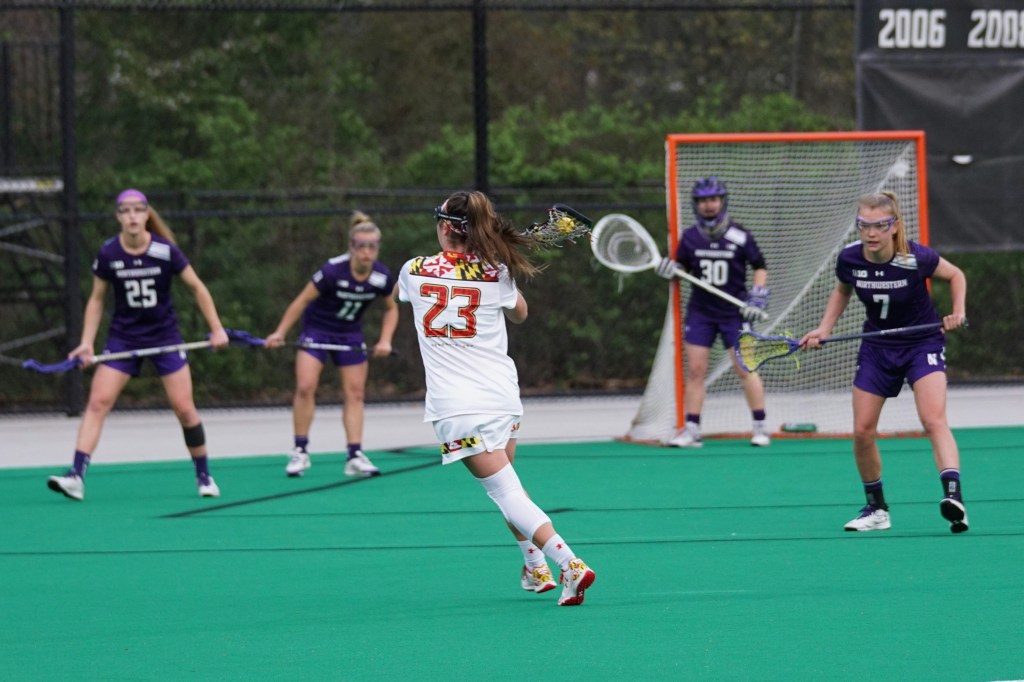Understanding NCAA Athletic Scholarships: Headcount vs. Equivalency Sports

When it comes to college athletics, scholarships play a crucial role in helping student-athletes afford their education while competing at a high level. However, not all scholarships are awarded the same way. The NCAA divides sports into two categories: headcount sports and equivalency sports, with different rules for how scholarships are distributed.
Headcount vs. Equivalency Sports
In headcount sports, such as Division I football (FBS), men’s and women’s basketball, women’s gymnastics, tennis, and volleyball, scholarships are awarded on a full-ride basis. This means each scholarship must cover the full cost of attendance, and there are strict limits on how many athletes can receive one.
In contrast, equivalency sports like baseball, track and field, and soccer allow coaches to divide scholarship funds among multiple players. This means that instead of receiving a full scholarship, many athletes in these sports receive partial scholarships, which are often combined with academic aid or other financial assistance.
Scholarships in Division II and Division III
At the Division II level, all sports are considered equivalency sports, meaning scholarships are typically divided among team members. This allows more athletes to receive financial assistance, but most do not receive full-ride scholarships.
Meanwhile, Division III schools do not offer athletic scholarships at all. However, this does not mean that athletes are left without financial support. Many Division III student-athletes receive substantial aid through academic scholarships, grants, and need-based financial aid. In some cases, the financial packages at Division III institutions can be just as competitive as those in scholarship-granting divisions.
For student-athletes and their families, understanding these distinctions can help in making informed decisions about college recruiting and financial planning. Whether aiming for a full scholarship in a headcount sport, seeking partial aid in an equivalency sport, or leveraging academic scholarships in Division III, there are multiple paths to making college athletics an affordable reality.



